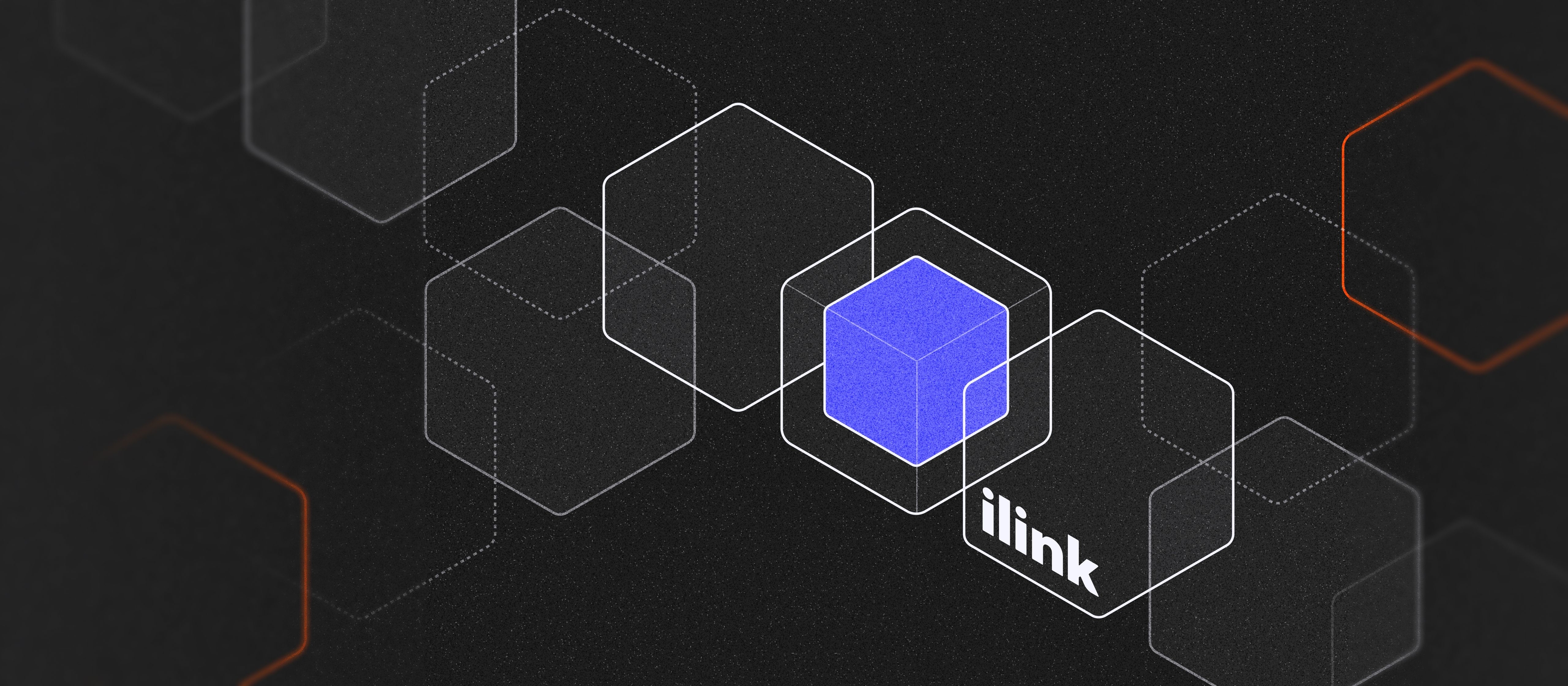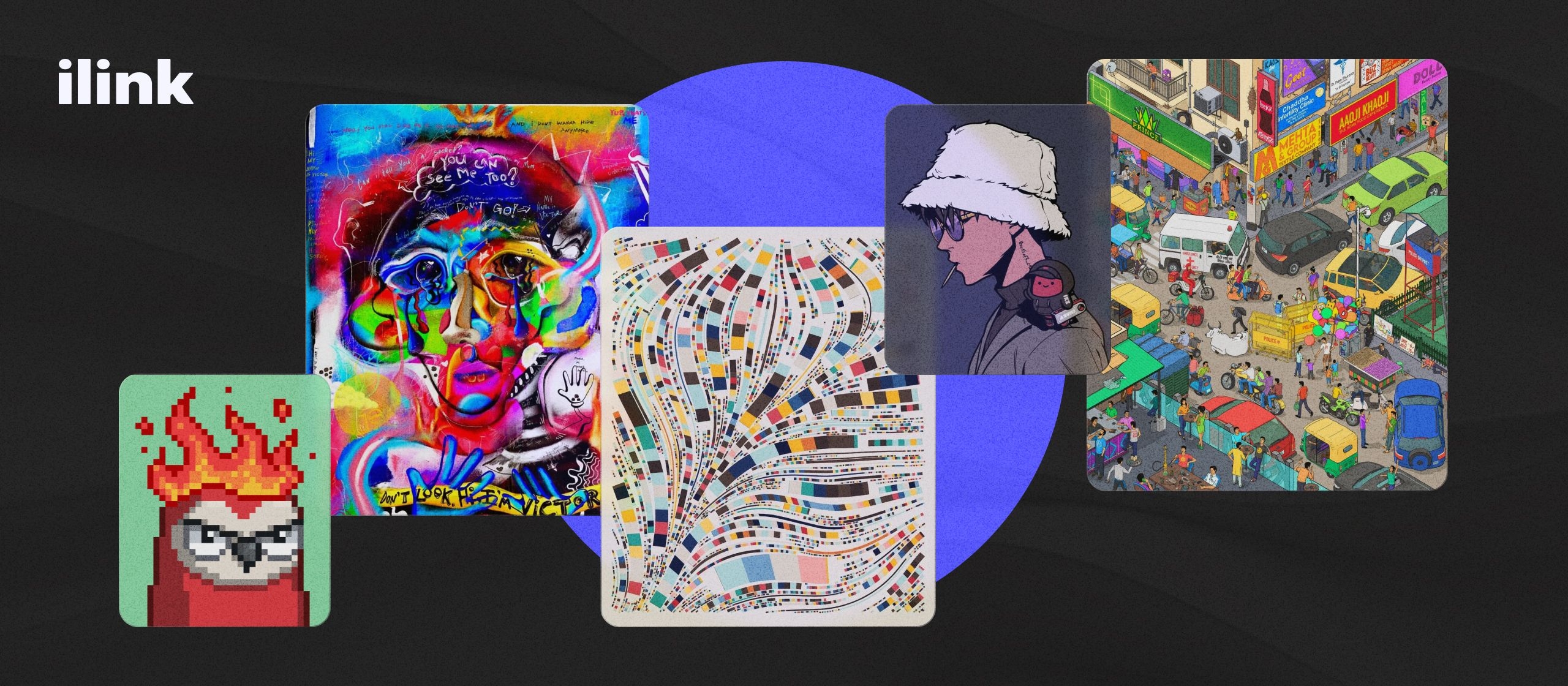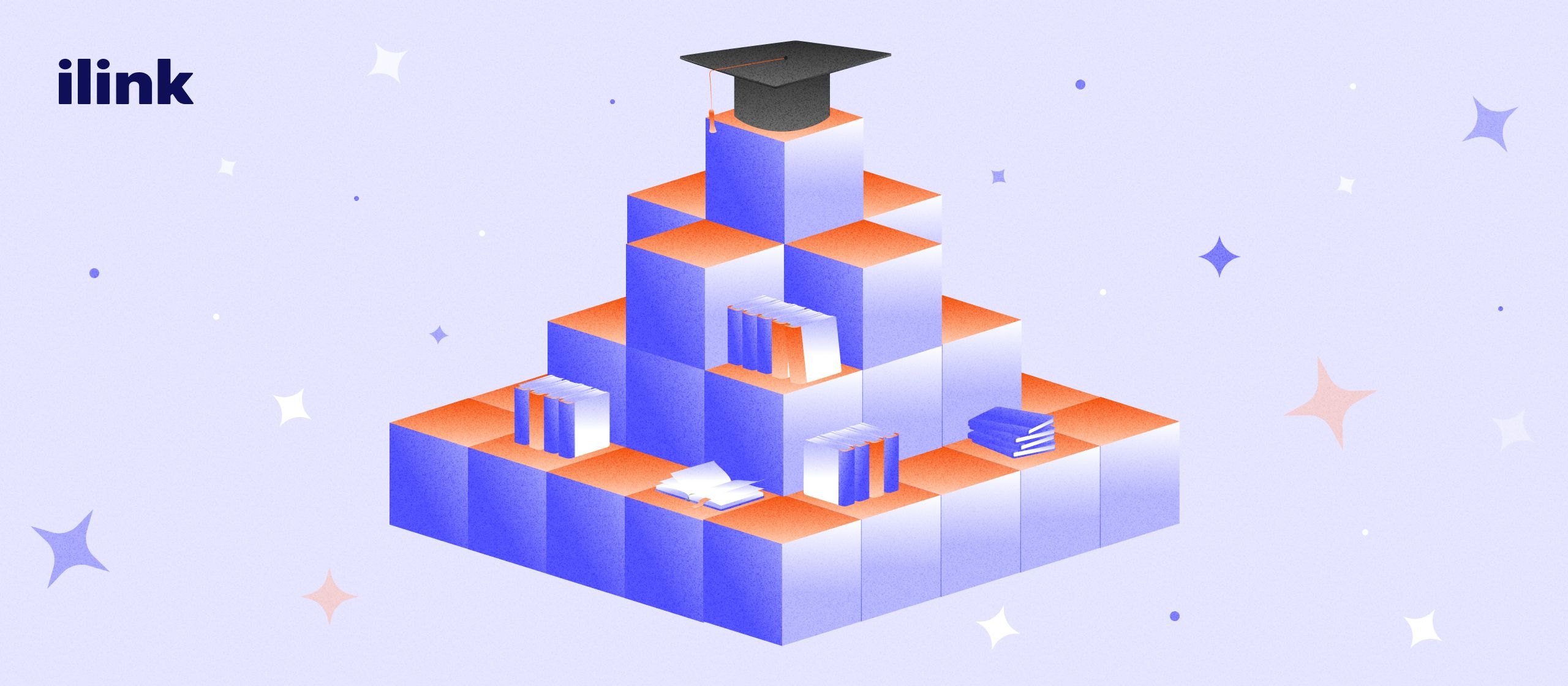Blockchain Development Trends: Key Innovations Shaping the Future of Blockchain Technology

Introduction
Blockchain technology has become a cornerstone of innovation across various industries. From Decentralized Finance (DeFi) to Non-Fungible Tokens (NFTs) and supply chain management, blockchain is revolutionizing how businesses operate, transact, and interact with data. As blockchain development continues to evolve, staying updated on the latest blockchain development trends is crucial for businesses and developers alike.
In this article, we’ll explore the key blockchain trends that are shaping the future of the industry, from scalability solutions to the rise of CBDCs (Central Bank Digital Currencies). These innovations are not just transforming the financial sector but have far-reaching impacts across multiple industries, including healthcare, logistics, and entertainment.
The Rise of Decentralized Finance (DeFi)
One of the most significant blockchain development trends in recent years is the rise of Decentralized Finance (DeFi). DeFi platforms leverage blockchain technology to offer financial services such as lending, borrowing, trading, and insurance without traditional intermediaries like banks.
Key Trends in DeFi:
- Yield farming. DeFi platforms allow users to earn interest by providing liquidity to decentralized exchanges.
- Liquidity pools. These pools enable users to trade assets without intermediaries, ensuring efficient price discovery.
- Smart contracts. Ethereum and other blockchain platforms play a pivotal role in automating transactions and agreements securely and transparently.
Despite its rapid growth, DeFi faces challenges such as security vulnerabilities and regulatory scrutiny, making it crucial for developers to stay updated on security best practices.
Blockchain in Supply Chain Management
Another key trend in blockchain development is the integration of blockchain into supply chain management. Blockchain offers unparalleled transparency, traceability, and security for products moving through global supply chains.
Key Trends in Blockchain for Supply Chain:
- Smart contracts and IoT integration. Using blockchain to automate processes like payments, contract execution, and tracking shipments.
- Reduced fraud and errors. Blockchain’s immutable ledger ensures that all parties have access to the same accurate data, reducing the chance for fraud and errors.
- End-to-end transparency. Blockchain provides full visibility into the movement of goods, allowing businesses to trace products from origin to destination.
Real-world examples like IBM Food Trust and VeChain are already using blockchain to enhance supply chain processes across industries.
NFT (Non-Fungible Token) Adoption
Non-Fungible Tokens (NFTs) have become one of the most talked-about applications of blockchain technology. NFTs represent unique digital assets, such as art, music, videos, and even virtual real estate, which are bought, sold, and traded on blockchain networks.
NFT Trends:
- NFT marketplaces. Platforms like OpenSea and Rarible are gaining popularity as they facilitate the buying and selling of NFTs.
- Blockchain platforms for NFTs. Ethereum continues to dominate, but Polygon and other blockchain networks are also growing as alternatives due to lower transaction fees.
- Digital ownership. NFTs are revolutionizing how digital ownership is perceived, enabling creators to retain control over their work in the digital space.
While the market for NFTs is currently booming, challenges such as scalability and environmental impact remain key factors in their development.
Blockchain as a Service (BaaS)
Blockchain as a Service (BaaS) has emerged as a major trend, enabling businesses to integrate blockchain technology into their operations without the complexities of developing it in-house.
Key Trends in BaaS:
- Enterprise blockchain solutions. Major players like Microsoft and Amazon Web Services (AWS) are providing BaaS platforms that allow enterprises to deploy blockchain-based applications.
- Low-cost entry for businesses. BaaS allows startups and enterprises to leverage blockchain without the need for extensive infrastructure or development expertise.
- Use cases in healthcare, finance, and logistics. BaaS is enabling secure data sharing, improving transparency, and streamlining operations in multiple sectors.
Contact ilink - our blockchain development experts are here to help you build secure, scalable, and innovative blockchain applications that leverage the latest trends and technologies. Let’s create the future of blockchain together!
Integration with IoT (Internet of Things)
The integration of blockchain with IoT is one of the most exciting blockchain development trends. Blockchain enhances the security, scalability, and data integrity of IoT networks, allowing devices to interact autonomously and securely.
Key IoT and Blockchain Trends:
- Blockchain for secure IoT data. Blockchain provides a decentralized and immutable ledger that ensures IoT data is secure and cannot be tampered with.
- Smart contracts for automation. Smart contracts on blockchain networks can automate IoT devices’ actions based on pre-set conditions.
- Enhanced transparency and accountability. Blockchain enables seamless auditing of IoT data, increasing trust in IoT solutions.
Examples of blockchain-IoT projects are gaining traction in areas like smart cities, supply chain, and connected devices.
Cross-Chain Interoperability
The trend of cross-chain interoperability is allowing different blockchain networks to communicate and exchange information, solving one of the key scalability challenges in blockchain development.
Key Trends in Cross-Chain Development:
- Blockchain bridges and atomic swaps. These technologies enable assets to flow freely between different blockchain networks, such as Bitcoin and Ethereum, without intermediaries.
- Enhanced dApp performance. Cross-chain interoperability ensures that decentralized applications (dApps) can operate across multiple blockchain ecosystems.
- Polkadot and cosmos. These platforms are specifically designed to allow blockchain networks to interact with each other, enabling a more scalable blockchain environment.
This trend is essential for overcoming the silos in the blockchain ecosystem and driving broader adoption of blockchain technology.
Privacy and Security Enhancements in Blockchain
As blockchain technology matures, privacy and security enhancements have become a major focus. Zero-knowledge proofs (ZKPs), confidential transactions, and privacy coins are some of the trends emerging to enhance the security and confidentiality of blockchain transactions.
Privacy and Security Trends:
- Zero-knowledge proofs (ZKPs). ZKPs allow one party to prove to another that a transaction is valid without revealing any details about the transaction itself.
- Confidential transactions. Privacy features like those in Monero and Zcash provide enhanced confidentiality for blockchain transactions.
- Regulatory compliance. With increased scrutiny on GDPR and other regulatory frameworks, privacy and security are becoming even more critical for blockchain projects.
Blockchain and Artificial Intelligence (AI)
Blockchain and AI integration is a trend that promises to unlock new potential across industries. By combining blockchain’s secure data management capabilities with AI’s decision-making power, businesses can achieve higher efficiency and transparency.
Key AI and Blockchain Trends:
- AI for blockchain optimization. AI can be used to optimize blockchain network performance, including transaction validation and consensus mechanisms.
- AI and blockchain in data sharing. Blockchain’s transparency and security can be enhanced by AI algorithms, creating better data-sharing frameworks.
- AI-enhanced smart contracts. AI can help analyze and execute complex conditions in smart contracts, allowing them to adapt to new data or changing environments.
The Emergence of Layer 2 Scaling Solutions
Layer 2 scaling solutions are crucial for increasing the scalability and reducing transaction costs on blockchain networks, particularly for Ethereum.
Key Layer 2 Trends:
- Ethereum layer 2 solutions. Projects like Polygon and Optimism are working to improve Ethereum’s scalability by offloading transactions from the main chain.
- Faster and cheaper transactions. Layer 2 solutions are designed to reduce congestion on the primary blockchain and lower gas fees.
- Increased adoption in DeFi and dApps. As Layer 2 solutions mature, they are becoming crucial for scaling DeFi applications and dApps.
The Role of Central Bank Digital Currencies (CBDCs)
Central Bank Digital Currencies (CBDCs) are digital currencies issued by central banks and are rapidly gaining traction as governments explore blockchain for financial transactions.
Key CBDC Trends:
- Government-backed blockchain. Governments are exploring blockchain as a way to issue digital currency securely and transparently.
- Faster payments. CBDCs offer the potential for faster and more efficient cross-border payments, reducing transaction times and costs.
- Global adoption. Countries like China are already piloting digital currencies, and more governments are likely to follow suit.
Blockchain technology continues to evolve, with trends like DeFi, NFTs, cross-chain interoperability, and Layer 2 scaling solutions shaping the future of the industry. Developers and businesses must stay updated on these trends to remain competitive and build innovative, scalable solutions.
Comments (0)
Latest Posts

Understanding the mechanics of these platforms is crucial for anyone looking to participate in the world of NFT trading and digital ownership.

In this article, we will dive into the key roles in a blockchain development team, the necessary skills for each role, and the tools and methodologies that help these teams collaborate efficiently and deliver top-notch blockchain applications.
Do You Have Any Questions?
Leave your details - we will contact you to answer all your questions

